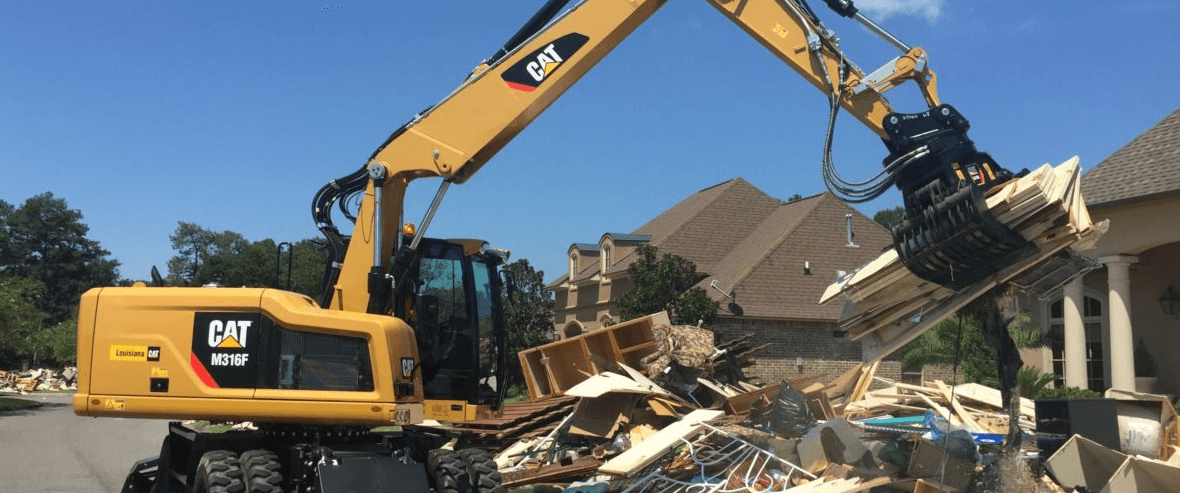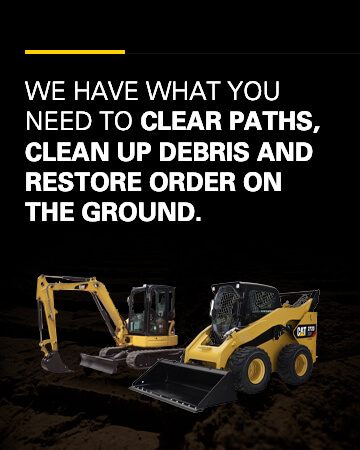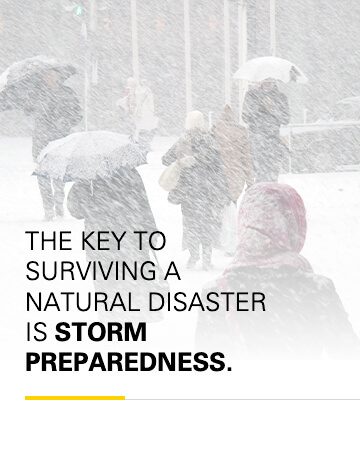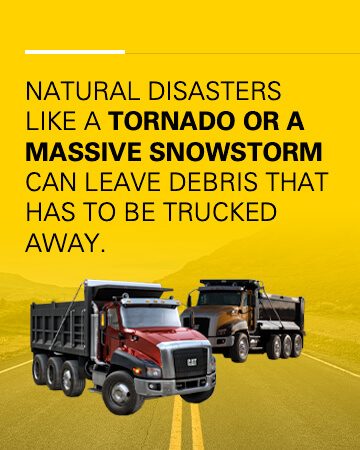
Guide to Disaster Recovery Equipment Rentals
Natural disasters can disrupt operations in minutes. They damage property and utilities, block roads, and create unsafe jobsites. While you can’t control the weather, you can prepare. A practical plan, backed by disaster recovery equipment rental, helps you respond fast and reduce downtime. Industry data shows that major events are becoming more frequent.
Start With a Practical Preparedness Plan
A simple plan makes a big difference. Outline who calls whom, how you will protect crews, and which equipment you will need first. Use checklists to track fuel, PPE and access routes and create a practical overview for leaders.
Know Your Risks by Season and Region
Match your plan to local risks. In hurricane zones, plan for wind and flooding. In the West, plan for wildfires. In river valleys, plan for spring floods. Use preseason reminders to line up rentals early.
Core Categories of Disaster Recovery Rentals
When you build your plan, organize rentals by the work you must do first: restore power, create access, remove water, and move debris. The Cat® Rental Store offers broad fleets across power, earthmoving, trucks, aerial, pumps, material handling, and work tool attachments that expand capability
1) Power Generation
- Mobile and stationary generators to keep lights, pumps, and comms online
- Output sizes matched to load needs with diesel or natural gas options
- Distribution gear for larger or more complex deployments
- Cat® Rental Power services for regional or multi-site support
2) Pumps and Water Removal
Standing water damages structures and slows work. Move water out of buildings, underpasses, and excavations with portable, submersible, and towable pumps. For equipment ideas by scenario, see guidance on flood damage cleanup.
3) Earthmoving for Clearing and Access
Clearing roads and sites comes next. Match machine size to the job and site conditions. Skid steers are nimble for tight areas. Compact track and multi-terrain loaders protect soft ground and slopes. Backhoe loaders give you loading and trenching in one machine. Wheel loaders move heavy piles fast and load trucks efficiently. Excavators handle heavy debris, trenching, and structure removal. For push power and grading, add dozers.
4) Work Tool Attachments
Attachments turn one machine into many. Use buckets, grapples, forks, brooms, and breakers to switch tasks without changing machines. This approach speeds cleanup and keeps rental counts lower.
5) Trucks and Hauling
- Dump trucks for general hauling of debris
- Articulated trucks for heavy loads or rough terrain
- Vacuum trucks to clear flooded lines and storm drains
- Crane trucks to lift debris and set new components
- Full on-road and off-road truck lineup for varied recovery needs
6) Aerial Lifts and Access
Work at height is common after storms. Use aerial equipment such as boom lifts, scissor lifts, and vertical lifts to inspect roofs, repair lines, and access damaged structures.
7) Material Handling and Site Support
Keep supplies moving with forklifts and material handlers. Round out your kit with site lighting, heaters, and other essentials as needed.
How to Build a Rental-First Response Plan
Your plan should be simple and clear. Focus on people, communications, and logistics. List the first calls you make, the order of equipment you request, and staging areas for deliveries. You can also review a disaster prep overview tailored to power and critical operations.
Sourcing Equipment Quickly
During wide-area events, demand for rentals spikes. Contact your local Cat® dealer early and ask about priority status for emergencies. With more than 1,300 locations, The Cat Rental Store can coordinate across branches to source equipment. If you need mobile power at scale or specialized distribution, coordinate with Cat® Rental Power.
Budgeting and Documentation
Set a simple budget framework with spending thresholds for each stage of recovery. Track rental agreements, delivery tickets, and service logs. These records support insurance claims and help you refine the plan after each event. When you know what you need, request a quick quote to lock in availability.
Match Rentals to the Event
Hurricanes and wind storms often require pumps, power, and aerial lifts. See scenario-based equipment ideas. Floods call for high-volume pumps and earthmoving to build access and berms. For wildfire risk, plan for dozers, loaders, and excavators to clear debris.
Why Renting Works for Disaster Response
Renting is practical when needs are urgent and temporary. You pay only for the gear you use. You avoid storage and long-term maintenance and you can scale up or down as conditions change. Most important, you can get equipment in days, not months.
FAQs
What should I rent first after a storm?
Start with power and dewatering. Generators keep lights, comms, and chargers running. Pumps remove standing water so crews can work safely.
Which machines clear debris fastest?
Use wheel loaders and excavators for heavy debris. Skid steers work well in tight areas and alleys. Add work tool attachments to switch tasks quickly.
Do I need aerial lifts during recovery?
Often, yes. Aerial lifts let crews inspect roofs and repair signs and lighting. Crane trucks help with heavier lifts and setting materials.
How fast can I get equipment?
During widespread events, demand is high. Contact your local Cat® dealer early to coordinate across branches. You can also request a quick quote to speed the.



Plan Now With The Cat® Rental Store
A clear plan and the right rentals help you recover faster and safer. Talk with your local Cat® team about disaster recovery equipment rental and regional risks. When you’re ready, request a quick quote to secure gear and delivery windows.
Find The Cat Rental Store Near You